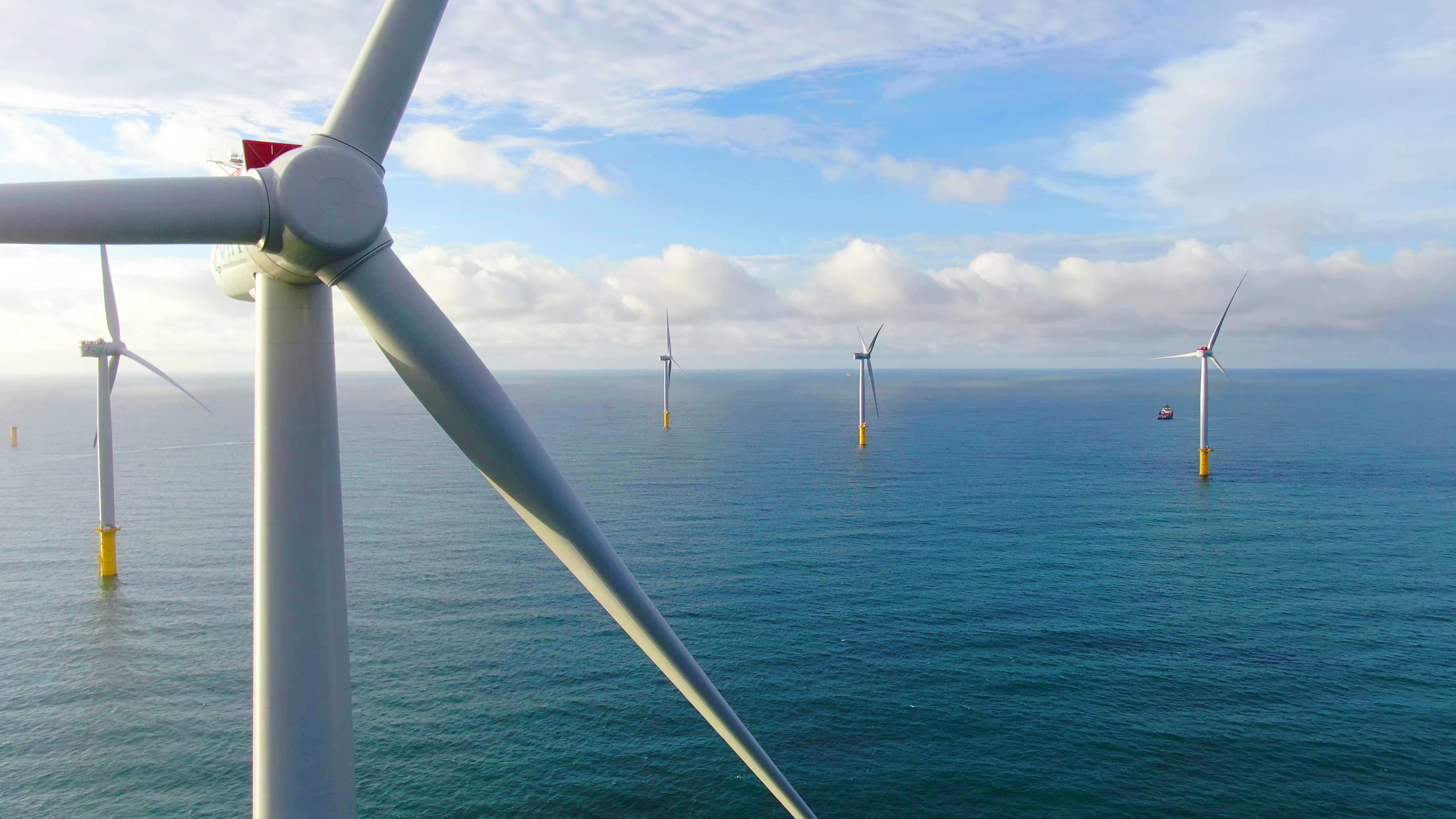
Contents
Ocean Energy for All: Accessibility and Inclusivity in Renewable Power
Introduction
Ocean energy presents a promising avenue for renewable power generation, but ensuring accessibility and inclusivity in its development and utilization is crucial. This article aims to explore the concept of Ocean Energy for All, highlighting the importance of making renewable power accessible to all communities. By discussing the relevance of this topic in the context of renewable energy and sustainability, we can understand the significance of ensuring accessibility and inclusivity in ocean energy projects.
Historical Background
The development of ocean energy has evolved over time, with early attempts and technological advancements paving the way for its current state. From early experiments with wave and tidal energy to the exploration of ocean thermal energy conversion (OTEC), the history of ocean energy is full of innovative breakthroughs. However, it is in recent years that a shift towards inclusivity and accessibility in renewable power initiatives has gained traction.
Key Concepts and Definitions
To understand the importance of accessibility and inclusivity in ocean energy, it is essential to define and explain key terms and concepts. Tidal energy, wave energy, and OTEC are different types of ocean energy technologies that hold significant potential. Ensuring accessibility and inclusivity in renewable power projects means providing clean energy access to marginalized communities and addressing energy poverty.
Main Discussion Points
Ocean Energy and Environmental Justice
Ocean energy has the potential to address energy poverty and provide clean energy access to marginalized communities. By analyzing the socio-economic and environmental benefits of inclusive ocean energy projects, we can understand its potential to promote environmental justice. Examining case studies and successful initiatives will provide insights into how accessibility and inclusivity in ocean energy can be achieved.
Technological Innovations for Accessibility
Advancements in ocean energy technologies have contributed to enhancing accessibility for all, including individuals with disabilities or limited resources. Design considerations and adaptations that promote inclusivity in ocean energy infrastructure play a crucial role. By highlighting examples of innovative technologies or approaches, we can understand how access barriers can be overcome in ocean energy projects.
Policy and Regulatory Frameworks
Supportive policies and regulations play a vital role in promoting accessibility and inclusivity in ocean energy. Exploring existing policies and regulatory frameworks at various levels will shed light on the challenges and opportunities in developing inclusive policies. By examining potential conflicts and addressing them, we can create a conducive environment for inclusive ocean energy projects.
Case Studies or Examples
Real-world examples of ocean energy projects that prioritize accessibility and inclusivity can provide valuable insights. Analyzing the outcomes and impacts of these projects on local communities and the environment will help identify successful initiatives and learn lessons for future developments. By understanding the factors that contribute to their success, we can replicate and scale such projects.
Current Trends or Developments
Recent trends and developments in the field of ocean energy for accessibility and inclusivity are worth exploring. Innovations in technology, policy, or financing models can further promote inclusivity. Highlighting recent research findings or pilot projects will contribute to our understanding of accessibility in ocean energy and inspire future developments.
Challenges or Controversies
Addressing challenges and controversies related to the topic is essential to foster a comprehensive discussion. Cost-effectiveness, environmental impacts, and community acceptance are some of the key challenges to consider. Examining differing viewpoints on the prioritization of accessibility and inclusivity in ocean energy projects will provide a balanced perspective. Analyzing potential conflicts between inclusivity goals and other sustainability objectives will help identify areas for improvement.
Future Outlook
Speculating on the future implications and potential growth of ocean energy for accessibility and inclusivity is crucial. Discussing potential advancements in technology, policy, and community engagement will shed light on the evolving landscape. Identifying emerging opportunities for collaboration and innovation in the field will help drive progress in ensuring accessibility and inclusivity in ocean energy.
Conclusion
In conclusion, ensuring accessibility and inclusivity in ocean energy is of paramount importance. The potential of ocean energy as a transformative and inclusive renewable power source cannot be understated. By summarizing the main points discussed throughout the article, reiterating the significance of accessibility and inclusivity, and emphasizing the potential for ocean energy, we can inspire positive change in the renewable energy sector.